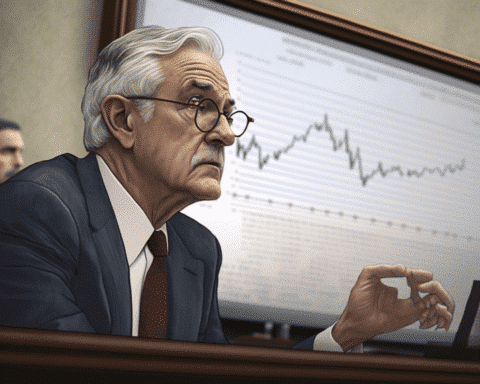Earlier this year, UK Prime Minister Rishi Sunak promised to cut inflation in half by year-end, eyeing the crucial 2024 general elections. At the time, the annual consumer price inflation was at 10.1%, and many economists believed that this figure would naturally fall by half as the impact of rising energy costs waned, presenting a seemingly achievable target for Sunak’s Conservative government.
However, by May, the headline CPI remained 8.7%, unchanged from the previous month. Core inflation, which excludes unstable energy, food, alcohol, and tobacco prices, increased to its highest rate in 31 years at 7.1%.
The February-April quarter also saw the highest recorded rate of wage growth, excluding bonuses, as it sped from 6.7% to 7.2%. This occurred while the labour market was unexpectedly hot, and the UK was experiencing an unusual surge in long-term sickness, impacting the labour force participation rate.
Simultaneously, economic growth has barely moved, and public debt has exceeded 100% of GDP for the first time since March 1961. In contrast, the Bank of England accelerated interest rate hikes in June, increasing the Bank rate by 50 basis points to 5%. This move further exacerbated fears of a domestic mortgage crisis and deviated from the actions of other central banks, which have either slowed or paused rate hikes.
Senior Economist at Vanguard, Shaan Raithatha, described the UK as suffering from the “worst of both worlds.” He attributed this to the impact of a US-style labour market shock, mainly due to an increase in long-term sickness, and a European-style energy shock caused by the war in Ukraine. The energy shock was notably more significant in the UK than in most mainland Europe, which Raithatha believes could be partially due to slow government intervention during the early stages of the energy crisis and the subsequent higher-than-expected energy price cap.
If UK CPI remains stubbornly high throughout the year, it’s expected that the Bank of England will again be in the firing line as government ministers seek to deflect blame. The differing economic and political cycles are challenging for the government, especially as it becomes increasingly difficult to commit to pre-election tax cuts in 2024, given the state of public debt.
Simon French, Chief Economist at Panmure Gordon, pointed out that while the UK’s problems were “mainly made in Moscow,” a “Brexit element” was also at play. This is exemplified by a 4.5% increase in working-age inactivity since the Brexit transition, whereas inactivity has decreased in other G7 countries, making the UK an outlier.
Meanwhile, the credibility of the Bank of England is a growing concern. French noted that if the bank had unassailable credibility, policymakers could argue that the blunt tool of interest rates would take 18 months to two years to affect the economy and still maintain market and public trust. However, recent statements from the bank have yet to be persuasive.
As the year progresses, inflation is still expected to fall significantly, aided by a 20% reduction in the energy price cap from July 1 and the ongoing impact of rate hikes on the economy, dampening demand and employment. Still, economists like Thanos Papasavvas, founder of ABP Invest, blame the Bank of England for not anticipating these inflationary pressures earlier.
As part of its efforts to address these issues, the Bank of England is reviewing its inflation forecasting mechanisms. While it still anticipates a rapid decline in inflation this year, albeit at a slower pace, Governor Andrew Bailey acknowledges that the bank has “lessons to learn” from the process.
The UK is navigating an economic minefield where ongoing inflation and labour market challenges test the relationship between the government and the central bank. The persistent issues place the Bank of England in the crosshairs as inflation rates remain stubbornly high, contrary to earlier predictions. The coming months will be critical in shaping the economic landscape of the UK, potentially redefining the roles of both the government and the central bank in managing future crises.




